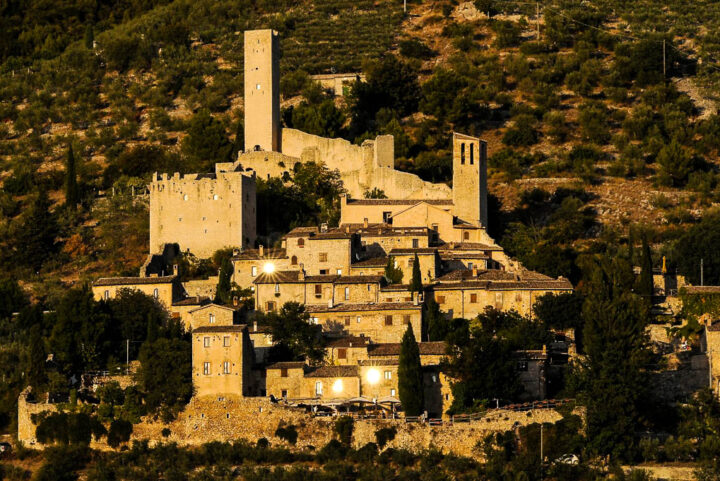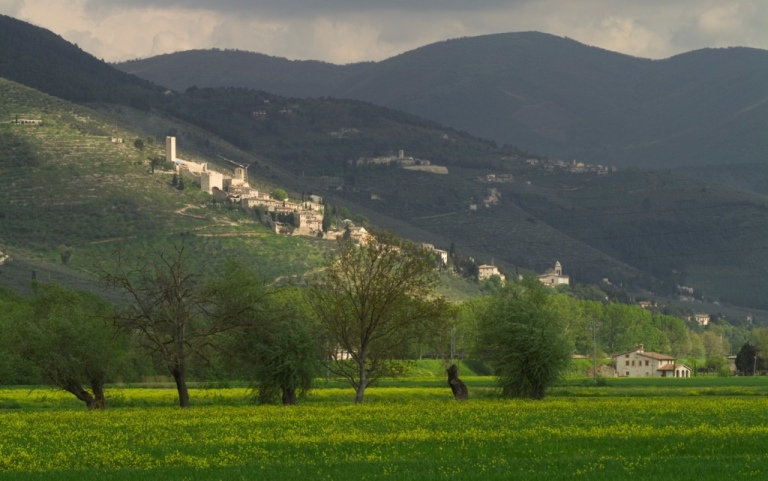History
The Castle of Pissignano

Origin of the name
Why BORGO LIZORI?

“Lì”,
adverb of place, in our language, where.
“Zo”,
etymology of the Greek verb “to live”
“Ri”,
also from the ancient Greek, orao meaning to see.
LI-ZO-RI: There where-life-sees, there where-life-is-contemplated
The redevelopment of the Borgo was conducted with exclusively private resources, invested by dozens of people, united by enthusiasm and passion, not only to purchase and renovate, each, their own real estate unit (ruins), but also to return all the spaces of common use to collective use. Without subsidies or sponsors, without public or third-party funding, without any speculative intent. For this place, a season of new youth has opened that has returned it to our days and today it represents one of the very rare triangular hillside castles perfectly preserved in Italy. Those who have worked and invested in the recovery of this village for over forty years affectionately call it Lizori.
Today, the village, in addition to hosting the Relais and the Gallo d’Oro Restaurant, is home to numerous associations, bodies and institutions both national and international, which operate in various fields: from the artistic to the scientific, from research to the training of a hard-working man in his place, but open to the new globalization to radiate social values, civilization and development.
